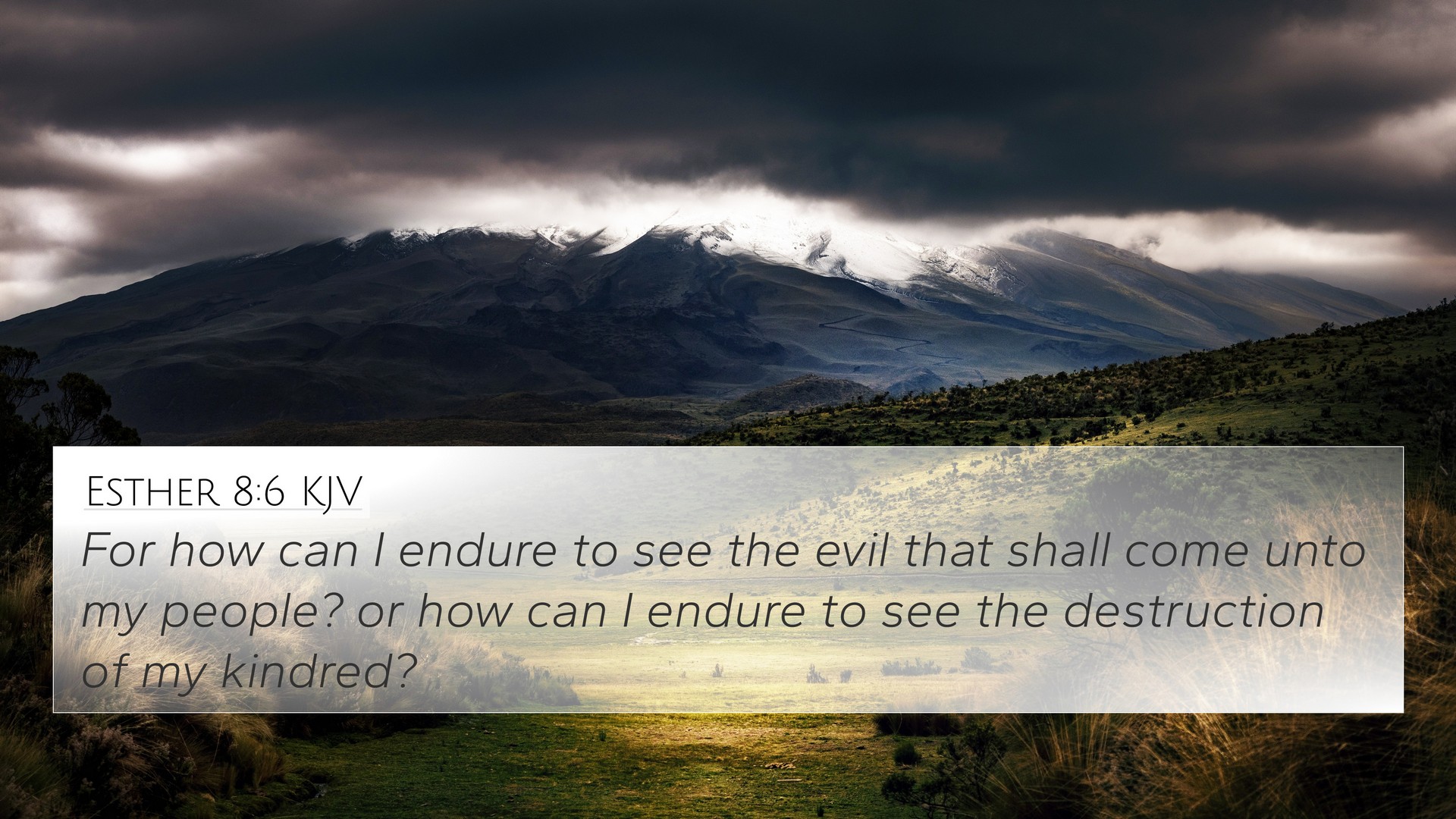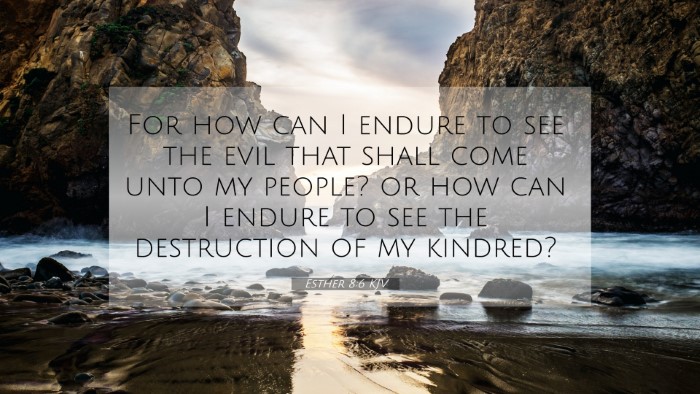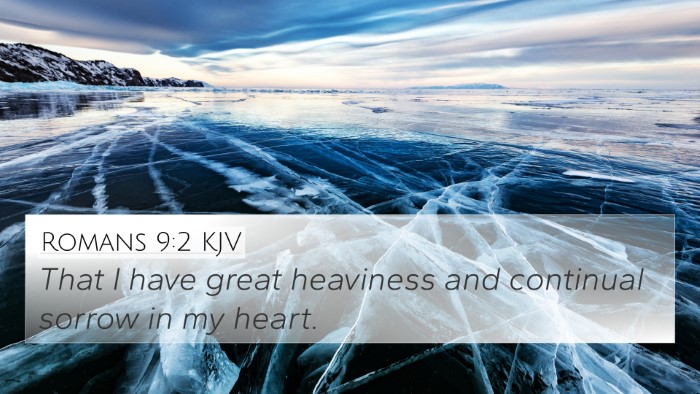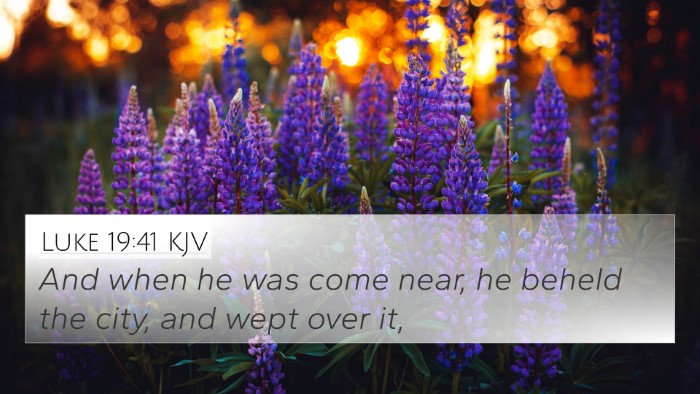Old Testament
Genesis Exodus Leviticus Numbers Deuteronomy Joshua Judges Ruth 1 Samuel 2 Samuel 1 Kings 2 Kings 1 Chronicles 2 Chronicles Ezra Nehemiah Esther Job Psalms Proverbs Ecclesiastes Song of Solomon Isaiah Jeremiah Lamentations Ezekiel Daniel Hosea Joel Amos Obadiah Jonah Micah Nahum Habakkuk Zephaniah Haggai Zechariah MalachiEsther 8:6 Similar Verses
Esther 8:6 Cross References
For how can I endure to see the evil that shall come unto my people? or how can I endure to see the destruction of my kindred?
Uncover the Rich Themes and Topics of This Bible Verse
Listed below are the Bible themes associated with Esther 8:6. We invite you to explore each theme to gain deeper insights into the Scriptures.
Esther 8:6 Cross Reference Verses
This section features a detailed cross-reference designed to enrich your understanding of the Scriptures. Below, you will find carefully selected verses that echo the themes and teachings related to Esther 8:6 KJV. Click on any image to explore detailed analyses of related Bible verses and uncover deeper theological insights.

Esther 7:4 (KJV) »
For we are sold, I and my people, to be destroyed, to be slain, and to perish. But if we had been sold for bondmen and bondwomen, I had held my tongue, although the enemy could not countervail the king's damage.
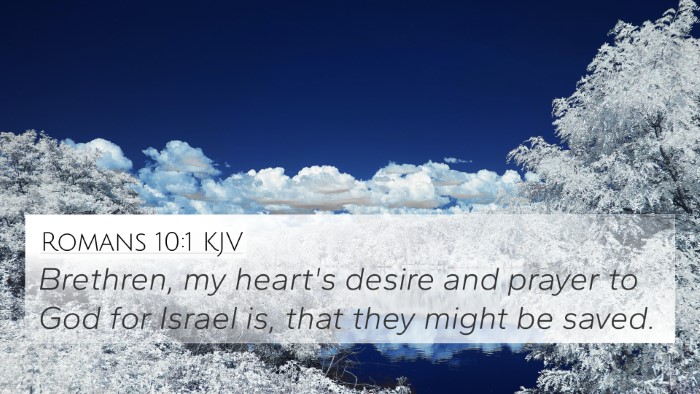
Romans 10:1 (KJV) »
Brethren, my heart's desire and prayer to God for Israel is, that they might be saved.

Genesis 44:34 (KJV) »
For how shall I go up to my father, and the lad be not with me? lest peradventure I see the evil that shall come on my father.
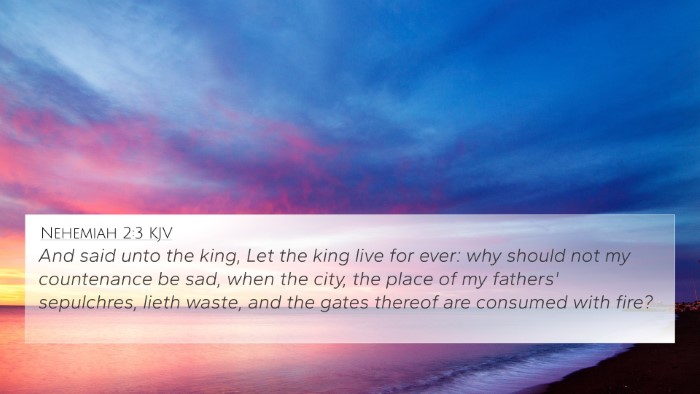
Nehemiah 2:3 (KJV) »
And said unto the king, Let the king live for ever: why should not my countenance be sad, when the city, the place of my fathers' sepulchres, lieth waste, and the gates thereof are consumed with fire?
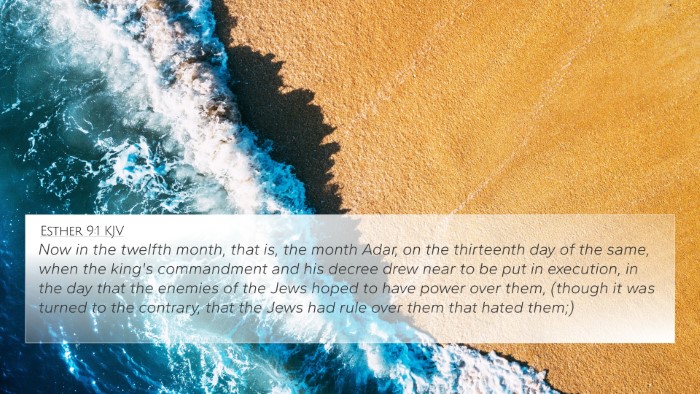
Esther 9:1 (KJV) »
Now in the twelfth month, that is, the month Adar, on the thirteenth day of the same, when the king's commandment and his decree drew near to be put in execution, in the day that the enemies of the Jews hoped to have power over them, (though it was turned to the contrary, that the Jews had rule over them that hated them;)
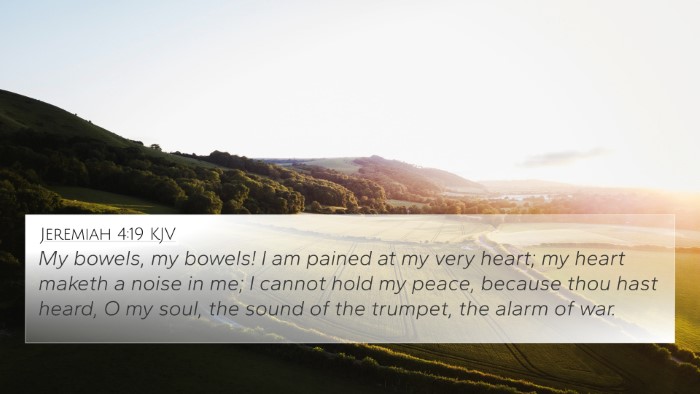
Jeremiah 4:19 (KJV) »
My bowels, my bowels! I am pained at my very heart; my heart maketh a noise in me; I cannot hold my peace, because thou hast heard, O my soul, the sound of the trumpet, the alarm of war.
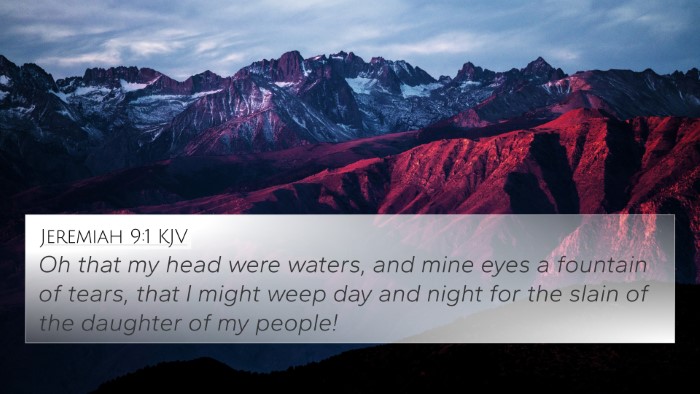
Jeremiah 9:1 (KJV) »
Oh that my head were waters, and mine eyes a fountain of tears, that I might weep day and night for the slain of the daughter of my people!
Esther 8:6 Verse Analysis and Similar Verses
Understanding Esther 8:6
Esther 8:6 (KJV): "For how can I endure to see the evil that shall come unto my people? or how can I endure to see the destruction of my kindred?"
This poignant verse captures the deep emotional turmoil and distress faced by Esther as she confronts the imminent threat to her people, the Jews. The implications of her plea offer rich ground for exploration and understanding through various biblical commentaries.
Summary of Insights from Public Domain Commentaries
Matthew Henry's Commentary: Henry emphasizes the strong emotional appeal of Esther as she intercedes for her people. He highlights the gravity of her situation, noting her identity as a Jew and the precarious position she holds as queen. This emotional vulnerability reveals the weight of her responsibilities and the burden of her people's suffering. Henry suggests that Esther's question embodies a universal concern for one's community and kin, urging readers to reflect on their own commitments to their people in times of crisis.
Albert Barnes' Notes: Barnes examines the rhetorical nature of Esther's question, interpreting it as a heartfelt expression of her dread regarding the fate of her people. He points out that Esther's role transforms from a passive subject to an active advocate, showcasing a pivotal moment of courage and determination. Barnes also highlights the broader theological theme of divine providence, suggesting that Esther's willingness to risk her own safety aligns with God's overarching plan for her people.
Adam Clarke's Commentary: Clarke delves into the implications of Esther’s words, suggesting that her lamentation is indicative of a deep sense of responsibility and love for her kinsmen. He provides historical context, explaining the dire situation the Jews faced, and interprets her emotion as both a plea for justice and a call to action. Clarke underscores that Esther’s bravery in facing such critical circumstance emphasizes the importance of standing up for those who are oppressed or in danger.
Cross-References and Thematic Connections
Esther 8:6 is richly connected to several other scriptures that highlight themes of intercession, communal responsibility, and divine protection:
- Exodus 32:30-32: Moses pleads with God for the Israelites to avoid destruction.
- Nehemiah 1:4-6: Nehemiah’s deep sorrow and prayer on behalf of Jerusalem and his people.
- Psalms 122:6: A call to pray for the peace of Jerusalem, showing the responsibility towards one's community.
- Matthew 5:14-16: Jesus encourages believers to shine their light, implying communal well-being as part of Christian witness.
- Romans 9:2-3: Paul's anguish for his fellow Israelites and his willingness to be accursed for their sake.
- Galatians 6:2: Bear one another’s burdens, connecting back to Esther’s plea for her kin.
- Philippians 2:4: Looking not only to one's interests but also to the interests of others, mirroring Esther's sentiment.
Bible Verse Connections and Their Importance
The connections between these verses highlight a biblically-rooted principle of communal responsibility, where individuals stand in the gap for one another. Esther 8:6 serves as a crucial moment that reflects a larger biblical narrative concerning the importance of advocacy—whether it be through prayer, action, or sacrifice. Esther’s emotional plea encapsulates the essence of intercessory prayer and community solidarity, foundational themes present throughout Scripture.
Moreover, the thematic connections delineated through comparative analysis of the aforementioned passages emphasize how God's people are called to act in times of crisis. The overarching narrative of divine providence is woven throughout these scriptures, demonstrating a consistent character of God who cares for His people and acts through willing vessels.
Concluding Reflections
Esther 8:6 stands as a timely reminder for believers today to reflect on their responsibilities towards others, especially in times of suffering and injustice. This verse, encapsulated by powerful emotional appeal and theological significance, encourages both individual and collective action in support of vulnerable communities.
By employing tools for Bible cross-referencing, readers can deepen their understanding of Scriptural themes and appreciate the rich interrelationships between biblical texts. Such engagement enriches one's study and understanding of the Scripture, illuminating the heart of God's message to humanity.
